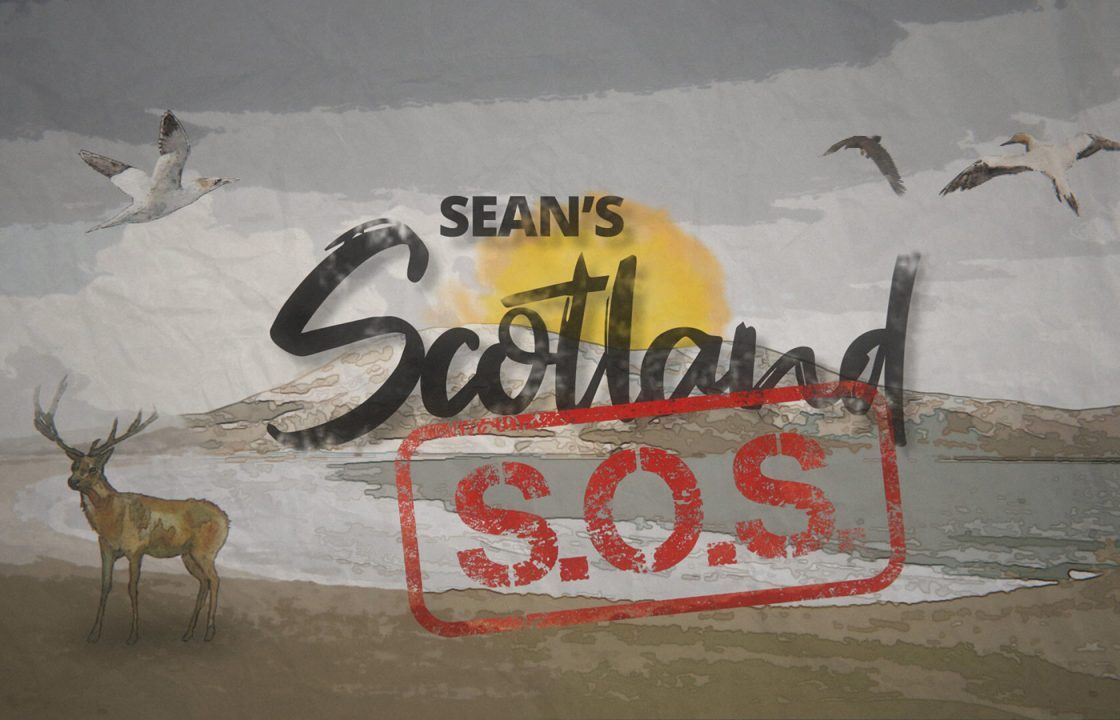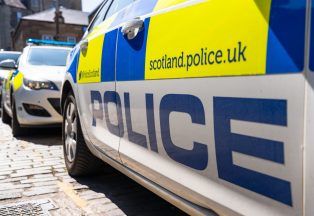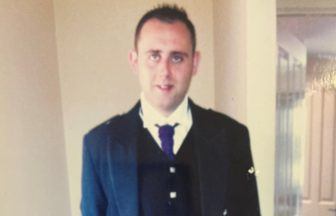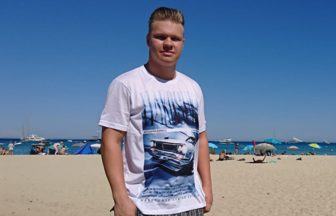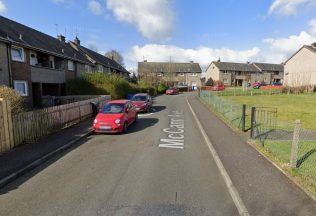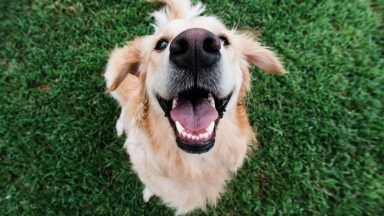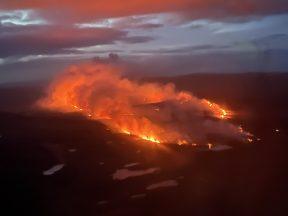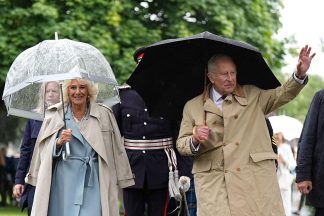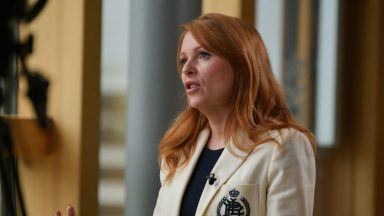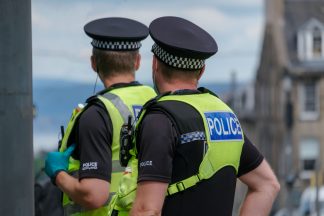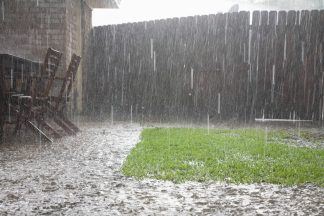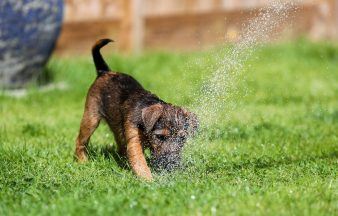This is a Sean’s Scotland, but with a difference.
Sean’s Scotland SOS focuses on Scotland’s waterways and how climate change is already having an impact on our communities across the country.
Many people think of climate change being an issue for the future, or something happening further afield, such as the wildfires and extreme heat in the Mediterranean this summer.
However, Scotland has had its fair share of extremes such as the record-breaking heat last summer, record-breaking snowfall in 2018 and an increase in flash flooding events like those experienced in recent years in Perth and Dumfries.
In the programme, I look at how marine litter and plastic is affecting our coastline and the wildlife that lives along it. We follow the path of the Clyde with teams all working hard to fight the litter issue and stop as much of it from getting to the sea.
I started the journey by meeting a team of litter pickers in the Gorbals who are part of the Keep Scotland Beautiful Upstream Battle Campaign.
I then join the team who have been operating the St Mungo boat on the Clyde, also known as the Waterwitch, who have been cleaning up larger pieces of rubbish from the river for over 20 years.
The journey continues with litter picking in Dumbarton with the Friends of Dumbarton Foreshore, the last port of call for any litter before it ends up in the sea. Much of what is not picked on this route ends up in Arrochar, which is known as a litter sink.
This is where the rubbish collects in vast piles which just keeps coming with each high tide. I was so shocked to see the ducks here looking for scraps whilst swimming amongst milk cartons, batteries, crisp bags and balloons.
It’s such a sad sight as you watch them with their ducklings pecking around and knowing it’s inevitable that they are ingesting plastic, which will potentially kill them.
While it’s upsetting to see, I think it’s only when people see something like this in person, or on the programme, that they’ll make the connection with throwing a chewing gum wrapper in Motherwell, and how this could end up ingested by an animal that may die from it.
We talk to Scottish Water about water scarcity, not something that many people will think about after the July we’ve just had, but remember, it was only in May and June that SEPA had concerns about water usage during the dry conditions of spring.
We also look at coastal erosion in Montrose, where the sand dunes are their only protection from a rising sea. Every year paths are being eroded in the dunes, and have to be quickly filled back in, as without this fight the town could be inundated by the sea in the next high tide.
This is a perfect example of how, without constant intervention, climate change could be forcing coastal communities to move, and this is happening right now, not in the future.
Wildlife, and especially birds, can often be the first sign of changes. Some seabirds have seen a dramatic drop in recent years, partly due to bird flu, but also because of the changing sea temperatures which force their food sources deeper into the sea and out of reach.
We talk to the Scottish Seabird Centre about changes around Scotland and visit the Northern Gannet colony on the Bass Rock to see for ourselves how this seabird has faced major challenges in recent years.
Whilst the programme, like the Sean’s Scotland series, showcases Scotland’s beauty, this SOS version will highlight what’s letting it down.
Whilst there are bigger challenges, I hope this programme will inspire people to just do a little bit in their own area and play their part in the big battle to protect our future.
Sean’s Scotland SOS will air on STV at 8pm on Tuesday night and will also be available to view on the STV Player.
Follow STV News on WhatsApp
Scan the QR code on your mobile device for all the latest news from around the country


